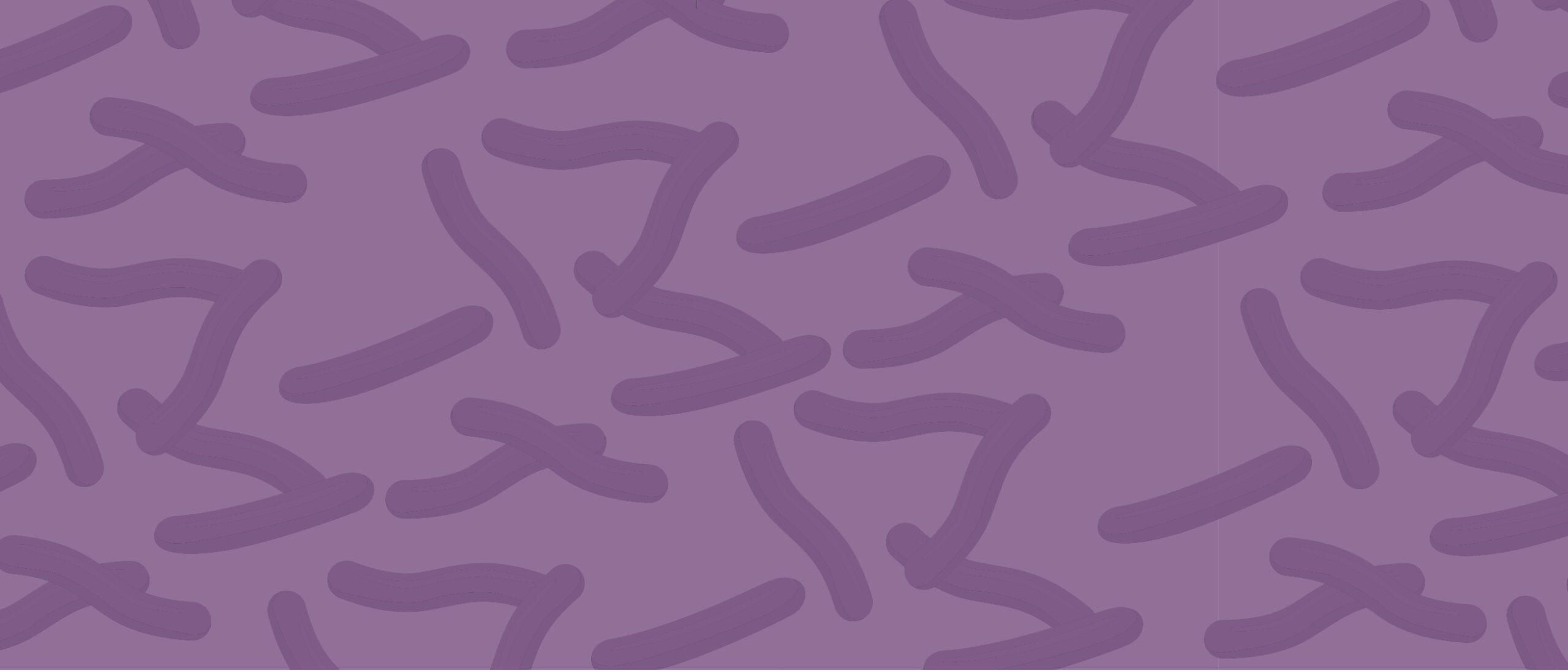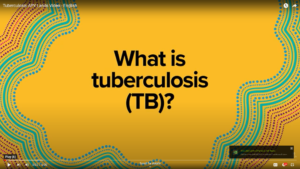What is TB?
TB (or Tuberculosis) is a disease caused by a germ (a type of bacteria) called Mycobacterium tuberculosis. TB germs can infect the lungs, and sometimes other parts of the body. It can spread between people who spend a lot of time together, although it spreads more slowly than other germs like COVID-19 or the flu.
TB can be cured by taking tablets every day (for many months). TB is especially dangerous for older people, children, or people with other health problems like diabetes. TB is still common overseas. It is not common in Australia anymore, but still affects Aboriginal people at higher rates.
Types of TB
There are 2 types of TB, active TB and ‘sleeping’ TB (also known as latent TB). When someone has active TB they show signs of being sick, and are able to pass the sickness on to other people. ‘Sleeping’ TB means the bacteria is in the body, but the person is not sick.They might not even know they have it.
‘Sleeping’ TB can turn into active TB, especially if the body becomes weak, through poor health or getting older. Both ‘sleeping’ TB and active TB can be cured by taking tablets every day that are organised by the clinic.
Symptoms of Active TB
- Coughing more than 2 weeks
- Losing weight quickly
- Having night sweats
- Having a fever
- Coughing blood (late stage)
Spread of TB
Only people with active TB can spread the disease to other people. It is spread by germs in the air by coughing, talking, sneezing, laughing or singing. It can also be spread by sharing bongs with someone with active TB.
It is important to know it is not spread by shaking hands, sharing food, sharing cups/plates/bed linen, kissing, hugging or cuddling. TB does not get passed on through family lines, although family can get sick if they are living in the same house with someone who is sick with TB and not taking medications yet.
Testing for TB
If you think you have symptoms of TB, or someone close to you has TB, ask your clinic for a test. A health worker may also ask to test you for ‘sleeping’ TB if you are in an area where other people have active TB, just to make sure you are okay. There are a few different tests to check for TB, but your health worker will decide which is best for you.
This could be:
- A skin test
- A blood test
- Testing of phlegm that you cough up
- An X-ray of your chest
If a test shows you have TB, it can be cured by taking tablets which can be organised through your clinic.
Preventing TB
Help stop the spread by:
- Getting tested if recommended by your health worker
- Taking treatment if you have TB
- Covering your mouth when you cough or sneeze
- Not spitting near other people
People with TB who are taking their medications can’t spread the germ anymore. Once they finish their course of medication by taking tablets every day (for six months or more) they are cured of TB.
More information
If you have questions about TB, speak to your local clinic.
More information about TB and the outbreak in the APY Lands is available from SA Health:


